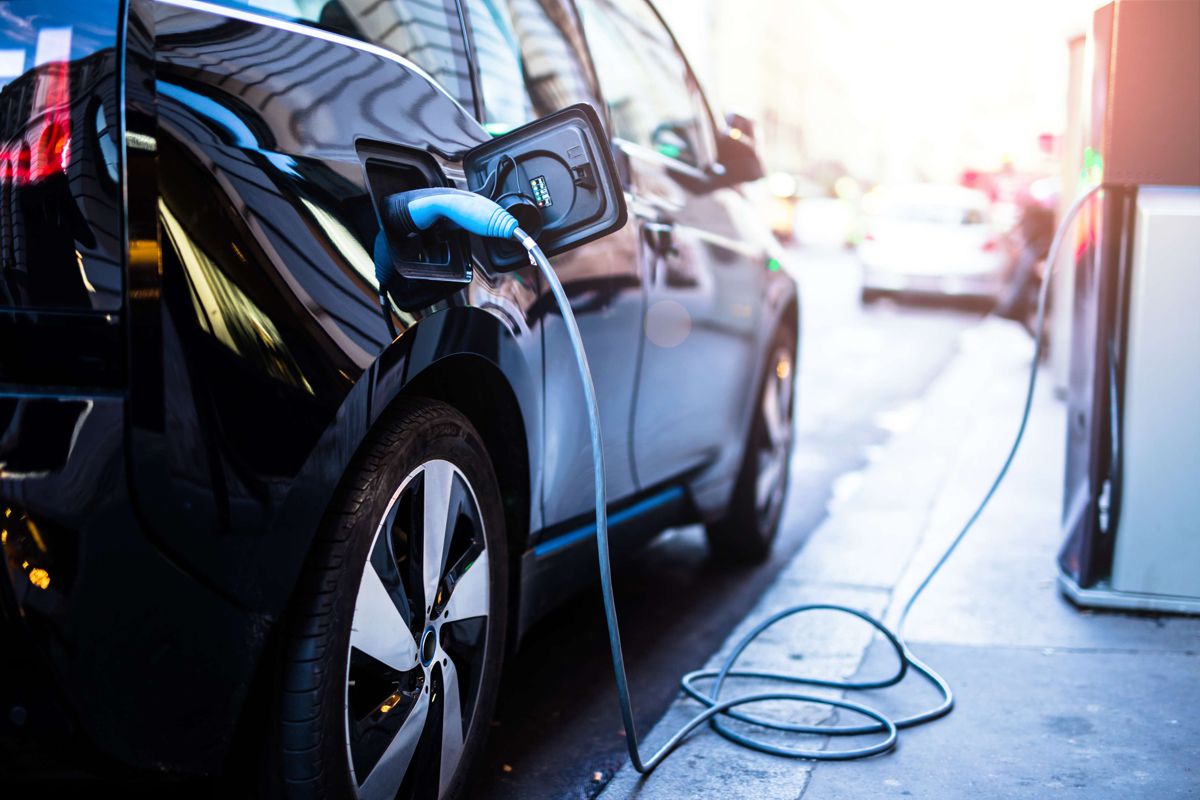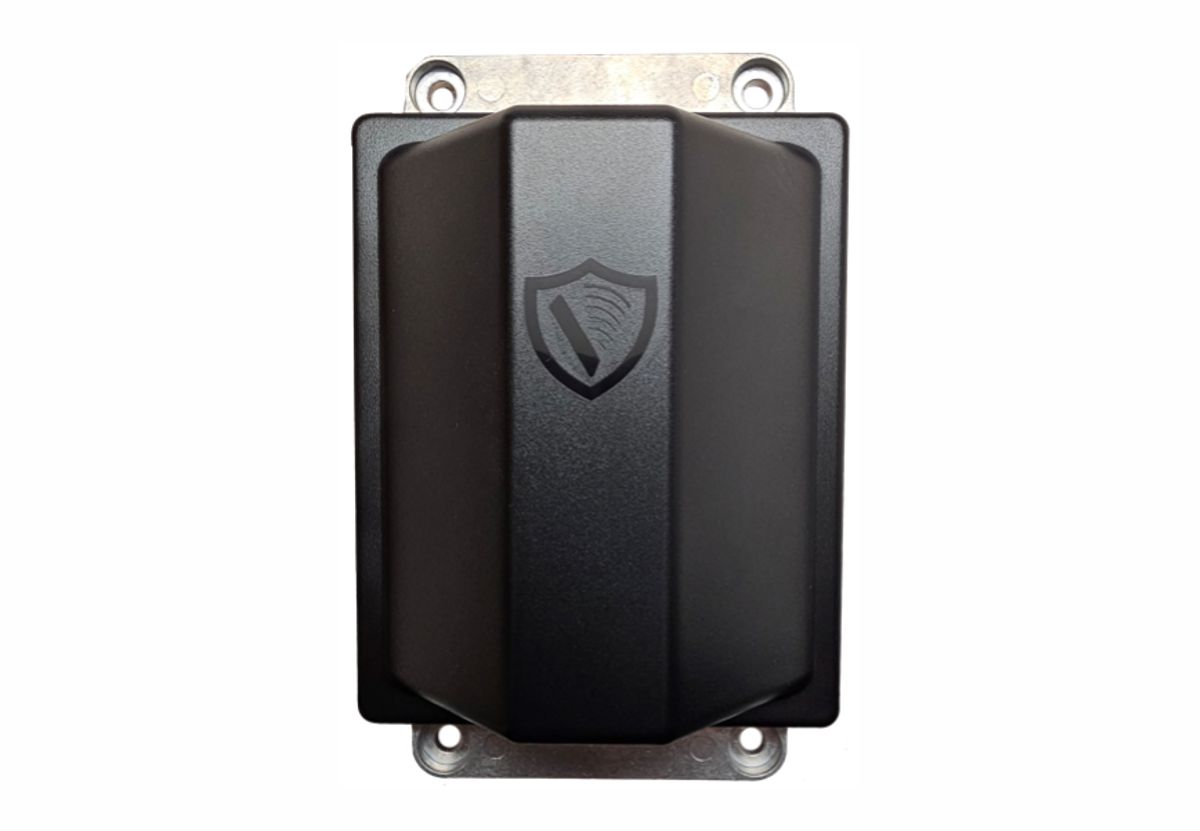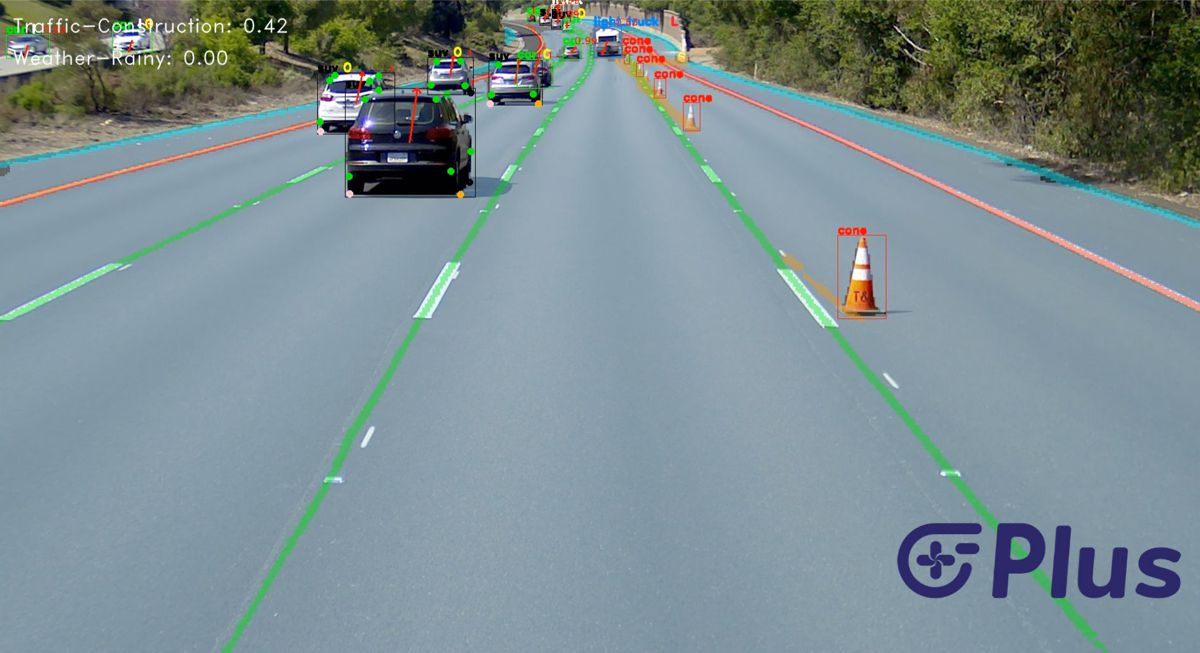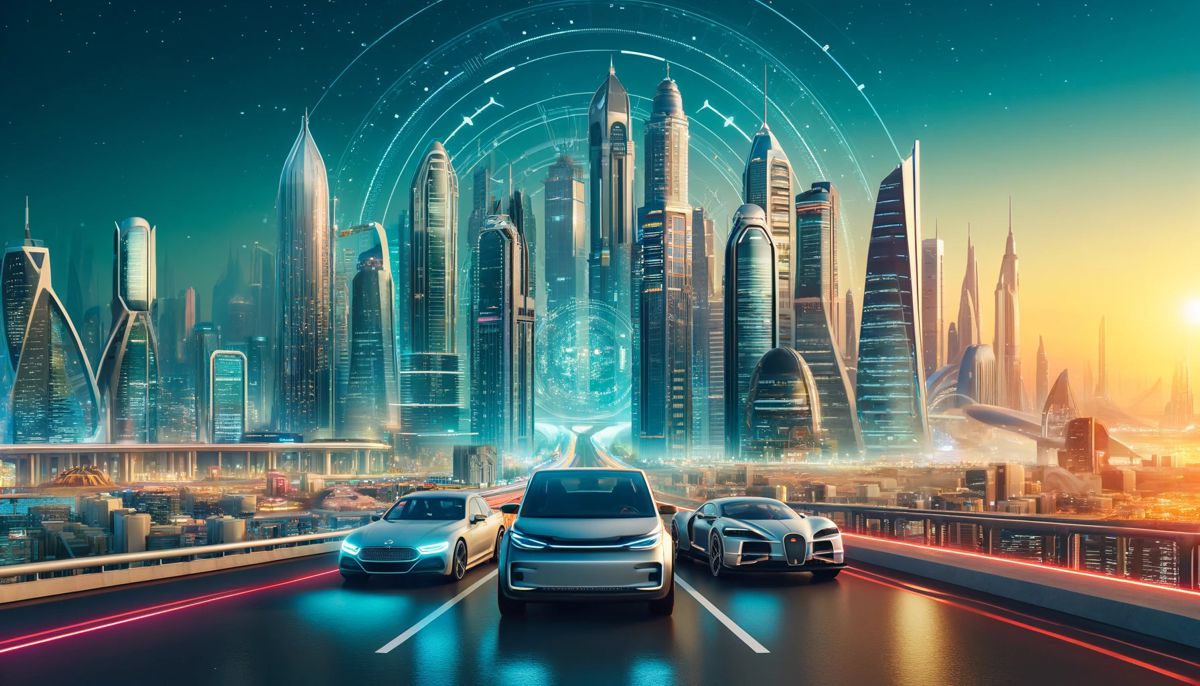Are Electric Vehicles too heavy for multi-storey Car Parks?
In June 2023, the Institution of Structural Engineers published a report suggesting that the weight of our cars is too much for many multi-storeys built in the 60s and 70s. Known for being heavier, EVs have been the first to be blamed ─ but is this fair?
In this article, Simone Bruckner, managing director of resistor manufacturer Cressall, explores:
It’s clear that cars have come a long way in design and development over the past 50 years. But while their safety, range, and ride have improved drastically, there’s something else that has increased too ─ their weight.
Looking at some of the most prevalent vehicles of the 60s and 70s highlights the increase in weight. The BMC AD016 was Britain’s best-selling car for more than five years and had a kerb weight of just over 830 kg. Other popular cars included the Ford Escort at 867 kg, and the estate Ford Cortina at 940 kg. So, what’s the comparison to modern vehicles?

Cars in the 2020s
Let’s consider last year’s most popular car ─ the Nissan Qashqai. Comparing petrol and equivalent hybrid models within the range, such as the Acenta Premium, shows a weight increase of approximately 250 kg with the partially electric version. The 1.3L petrol comes in at 1348 kg, versus the hybrid 1.5L version at 1612 kg. While the slightly larger engine will contribute to the weight increase, it’s clear that the battery itself ─ even for just a hybrid ─ adds up to the weight. And the Tesla Model Y, the UK’s best selling electric car, boasts a weight of 1980 kg, with 771 kg belonging to the battery alone.
But is it fair to place all the blame on electric cars? It’s worth noting that, while electric and hybrid equivalents are likely to be heavier, there are still plenty of larger petrol and diesel cars on the upper end of the scale. New Range Rovers typically weigh upwards of 2400 kg, and the trend towards larger vehicles in general is another important factor in the weight debate.
Therefore, making more lightweight vehicles is likely to become a growing priority ─ not just in achieving higher fuel efficiency, but also to support older and aging infrastructure.

Building lighter EVs
When it comes to electric vehicles, the battery is likely to be an area of focus. Simply opting for smaller batteries won’t do; this will only negatively impact the range of usability of the vehicle. Therefore, if we’re going to make EV batteries lighter, a more sophisticated approach is required.
One option is the implementation of regenerative braking technology. Regenerative braking allows the surplus energy generated by braking to be directed back into the battery. This improved efficiency can extend the EV’s range by ten to 15 per cent, and even higher in optimum conditions. Therefore, by implementing regenerative braking technology, it becomes possible to slightly reduce the size of the battery, without a huge effect on range.
To safely implement regenerative braking technology, a dynamic braking resistor (DBR) is essential. The DBR dissipates any excess energy in the system, such as that generated when the car is braking on a full battery. Providing a safe way of dispelling this excess energy is crucial to protect the electrical components in the vehicle and to prevent overvoltages.
In line with lightweighting measures, it’s therefore important to choose a compact DBR. Here at Cressall, we have a range of lightweight DBRs available. Our flagship EV2 resistor is just 15 per cent of the weight of an equivalent air-cooled resistor, making it an ideal choice for EV manufacturers seeking to cut vehicle weight with no loss to safety or performance.
While there’s truth in that EVs are typically heavier than their petrol equivalents, it’s clear that the trend towards larger cars in general has contributed to the strain being placed on our infrastructure. But with EV uptake only set to increase within the next few years, making them lighter must be a priority. Regenerative braking is just one example of a technology crucial to improving EV efficiency and weight ─ and with new technologies emerging all the time, it certainly won’t be the last.














